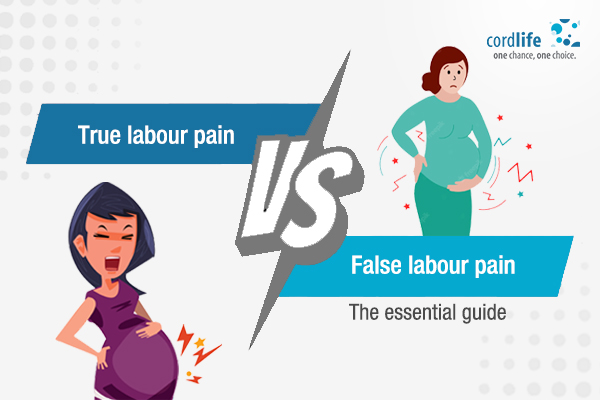Braxton Hicks contractions are also known as false labor contractions. They are irregular and unpredictable, and they do not cause any cervical change. True labor contractions are regular and progressive, and they cause the cervix to dilate and efface.
It can be difficult to distinguish between Braxton Hicks and true labor contractions, especially for first-time moms. However, there are some key differences that can help you tell the difference.
Distinguishing Between Braxton Hicks and True Labor Contractions
Frequency and regularity

Braxton Hicks contractions are usually irregular and unpredictable. They may come and go every few minutes or hours, and they may be stronger or weaker at different times. True labor contractions, on the other hand, are regular and progressive. They will come closer together and become stronger over time.
Duration
Braxton Hicks contractions are usually short-lived, lasting only a few seconds or minutes. True labor contractions can last for longer periods of time, up to a minute or more.
Intensity
Braxton Hicks contractions are usually mild and uncomfortable. True labor contractions can be more intense and painful.
Location
Braxton Hicks contractions can feel like tightening or hardening of the uterus. They may be felt all over the abdomen or just in the lower abdomen. True labor contractions usually start in the lower back and radiate around to the abdomen.
Other signs and symptoms of True labor.

Other signs and symptoms that may indicate true labor include:
- Ruptured amniotic sac (water breaking)
- bloody show (passage of mucus and blood from the vagina)
- Change in vaginal discharge
- Increased frequency of urination
- Lower back pain
- Pelvic pressure
- Nausea and vomiting
If you are unsure whether you are having Braxton Hicks contractions or true labor contractions, it is always best to err on the side of caution and contact your healthcare provider.
Here are some additional tips for distinguishing between Braxton Hicks and true labor contractions

- Pay attention to the frequency and regularity of your contractions. If your contractions are coming closer together and becoming stronger over time, this is a sign of true labor.
- Time your contractions. If your contractions are lasting for more than a minute or two, or if they are coming every five minutes or less, this is also a sign of true labor.
- Pay attention to your other symptoms. If you have any of the other signs and symptoms of true labor listed above, such as ruptured amniotic sac, bloody show, or increased vaginal discharge, this is a strong indication that you are in labor.
- If you are having any concerns about whether you are having Braxton Hicks contractions or true labor contractions, please contact your healthcare provider. They can help you determine if you are in labor and provide you with the necessary support.
Here are some additional things to keep in mind
- Braxton Hicks contractions can start as early as the second trimester of pregnancy. True labor contractions typically do not start until the third trimester.
- Braxton Hicks contractions are more common in the evening and at night. True labor contractions can happen at any time of day or night.
- Braxton Hicks contractions usually go away if you change positions or walk around. True labor contractions will not go away with position changes or walking.

If you are having any of the following symptoms, it is important to contact your healthcare provider immediately:
- Heavy bleeding
- Severe pain
- Fever
- Decreased fetal movement
By understanding the differences between Braxton Hicks and true labor contractions, you can be better prepared to recognize when you are in labor and seek the necessary medical care.







